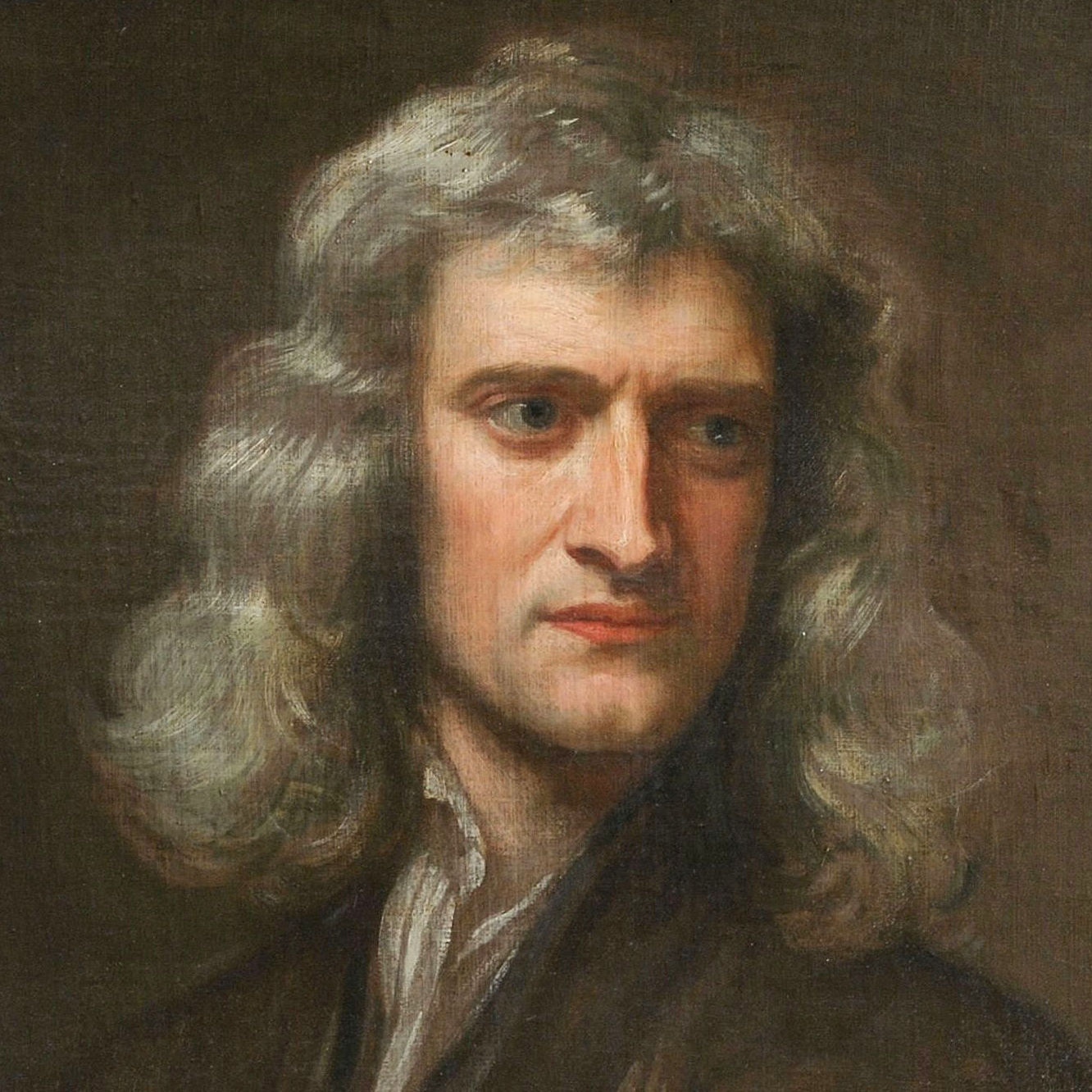Mbukerepo
Models by this creator

live-portrait

6
The live-portrait model, created by maintainer mbukerepo, is an efficient portrait animation system that allows users to animate a portrait image using a driving video. The model builds upon previous work like LivePortrait, AniPortrait, and Live Speech Portraits, providing a simplified and optimized approach to portrait animation. Model inputs and outputs The live-portrait model takes two main inputs: an input portrait image and a driving video. The output is a generated animation of the portrait image following the motion and expression of the driving video. Inputs Input Image Path**: A portrait image to be animated Input Video Path**: A driving video that will control the animation Flag Do Crop Input**: A boolean flag to determine whether the input image should be cropped Flag Relative Input**: A boolean flag to control whether the input motion is relative Flag Pasteback**: A boolean flag to control whether the generated animation should be pasted back onto the input image Outputs Output**: The generated animation of the portrait image Capabilities The live-portrait model is capable of efficiently animating portrait images using a driving video. It can capture and transfer the motion and expressions from the driving video to the input portrait, resulting in a photorealistic talking head animation. The model uses techniques like stitching and retargeting control to ensure the generated animation is seamless and natural. What can I use it for? The live-portrait model can be used in a variety of applications, such as: Creating animated avatars or virtual characters for games, social media, or video conferencing Generating personalized video content by animating portraits of individuals Producing animated content for educational or informational videos Enhancing virtual reality experiences by adding photorealistic animated faces Things to try One interesting thing to try with the live-portrait model is to experiment with different types of driving videos, such as those with exaggerated expressions or unusual motion patterns. This can help push the limits of the model's capabilities and lead to more creative and expressive portrait animations. Additionally, you could try incorporating the model into larger projects or workflows, such as by using the generated animations as part of a larger multimedia presentation or interactive experience.
Updated 9/18/2024

photomaker

4
PhotoMaker is a model that allows you to customize realistic human photos by manipulating various attributes like gender, age, and facial features. It uses a stacked ID embedding approach to achieve this, which means it can blend multiple input images to create a new, personalized photo. This model can be particularly useful for generating custom profile pictures or avatars. While similar to models like GFPGAN for face restoration and Instant-ID for generating realistic images of people, PhotoMaker focuses specifically on customizing and blending existing photos. Model inputs and outputs PhotoMaker takes in a set of input images, a prompt, and various parameters to control the generation process. The output is an array of customized photo images. Inputs First Image**: The primary input image, such as a photo of a person's face. Second, Third, and Fourth Image**: Additional input images that can be used to blend features and styles. Prompt**: A text description that guides the image generation, typically including the phrase "img" to indicate the target output. Seed**: A number that sets the random seed for reproducibility. Num Steps**: The number of sampling steps to perform during generation. Style Name**: A predefined style template that adds additional prompting. Guidance Scale**: A parameter that controls the strength of the text-to-image guidance. Negative Prompt**: A text description of things to avoid in the generated image. Style Strength Ratio**: The relative strength of the style template compared to the user's prompt. Disable Safety Checker**: An option to bypass the safety check on the generated images. Outputs An array of customized photo images based on the input and parameters. Capabilities PhotoMaker can be used to generate highly realistic and personalized human photos by blending multiple input images. It can adjust attributes like gender, age, and facial features to create a unique, yet believable, result. This can be particularly useful for creating custom profile pictures, avatars, or even stock photography. What can I use it for? With PhotoMaker, you can create personalized profile pictures, avatars, or other visual representations of people for a variety of applications. This could include social media profiles, online communities, gaming, or even generating custom stock photography. The ability to blend multiple input images and fine-tune the results makes PhotoMaker a powerful tool for creating unique, realistic-looking human photos. Things to try Some interesting things to try with PhotoMaker include: Blending photos of yourself or your friends to create a unique avatar or profile picture. Generating custom stock photos of people for commercial use. Experimenting with different style templates and prompt variations to see how they affect the output. Combining PhotoMaker with other AI models like GFPGAN or Real-ESRGAN to further enhance the generated images.
Updated 9/18/2024